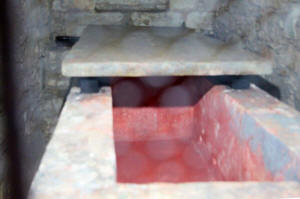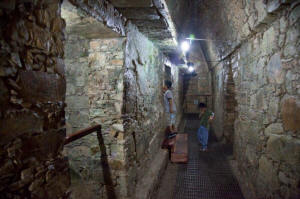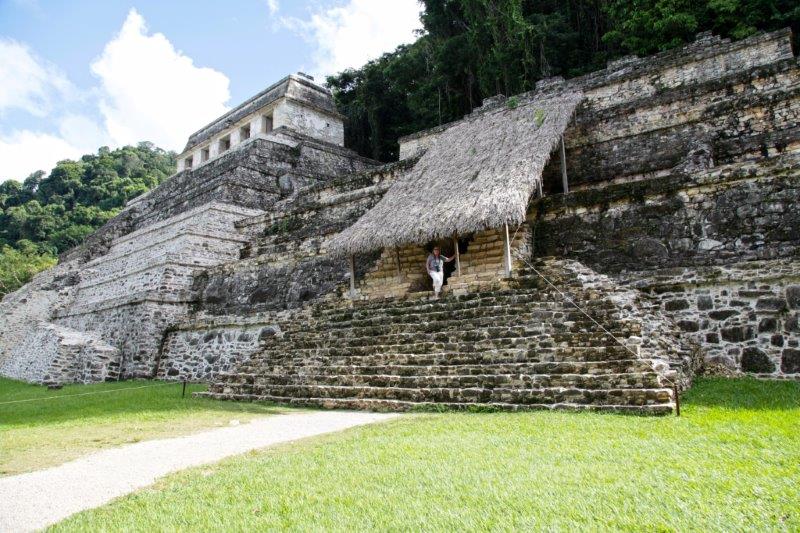|
Home
Planning
& Info
Regions RVing
Archeology
Articles
Road Logs Insurance
Photos
Mexico
News Ontheroadin |
|
Palenque - Temple of the Red Queen
by Dorothy Bell, Photography by Bill Bell The Temple of the Red Queen was largely ignored until 1994. Then known as simply Temple 13, the pyramid was in poor repair and was the second cousin to the much more grand and exciting Pyramid of the inscriptions that shared the hillside slope and Palenque's palacial plaza. It also appeared typical of Palenque temple Pyramid structures. In 1954 they discovered a looted tomb containing jade beads, teeth and bone fragments. In 1994 a Mexican Anthropologist and team began the search for a tomb. Unearthing a passageway leading down into the pyramid, they discovered three chambers, two of which were empty. The third was blocked. The archeological team did not immediately enter the tomb as it was felt that they might destroy potential inscriptions and sculptures like those that had been found in Pakal’s tomb. Instead they made a small hole and peered inside of what appeared to be a perfectly intact funeral chamber. After weeks of evaluation the team determined that the wall was free of decoration and made a larger hole. They discovered a sarcophagus (stone carved coffin) of a single stone painted bright red with a substance called cinnabar. The lid of the sarcophagus was also a single stone slab. Inside the burial chamber were the skeletons of a male and a female. The 11 year old male had his head elongated through a process called cranial deformation and was laid on his back in a North-South configuration. The female was also laid in the North South configuration but whose face was placed face down. It is believed that these two individuals were sacrificed and meant to accompany the “Queen” to the underworld.
Inside the sarcophagus the team found
an adult female approximately 40 -45 years of age, lying on her
back with her head pointed north. She was unusually tall1.54
meters, had a server case of osteoporosis. Her skull was
severely deformed at birth through the use of two flat boards
bound together with cloth and rope as was the custom for the
Mayan – particularly – noble class.. Her teeth indicated a diet
of m The offerings and funeral accompaniments included pieces of a beautiful jade mask, necklace and bracellets and ceramic pieces The Temple of the Red Queen, or Pyramid 13, was built around the sarcophagus and funeral chamber. Much like Pakal’s Palace of the Inscriptions, this pyramid was built to be a funeral monument. No inscriptions or lavish sculptures adorned the chamber or tomb. The chamber was dated at around 600 AD through the study of the ceramics left as an offering.
|
*
|
|
|
What You Should Consider for Your Visit
|
|
On the Road In - Mexico
editor@ontheroadin.com









